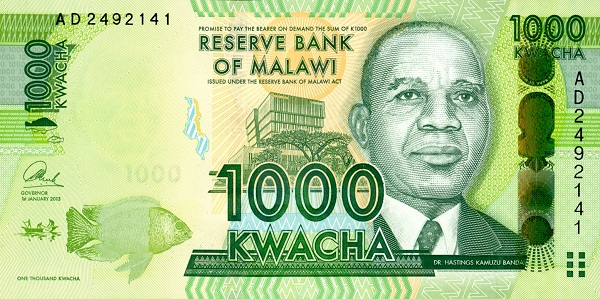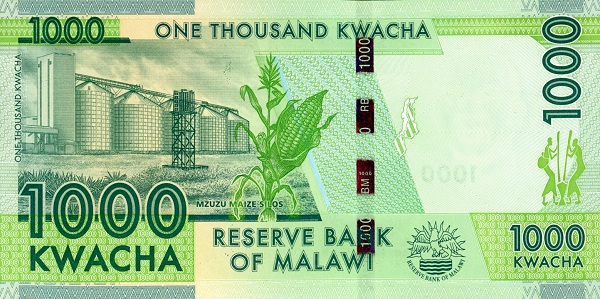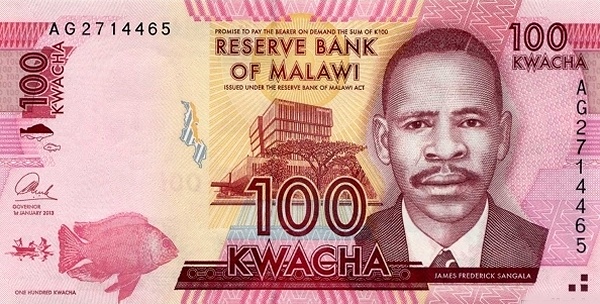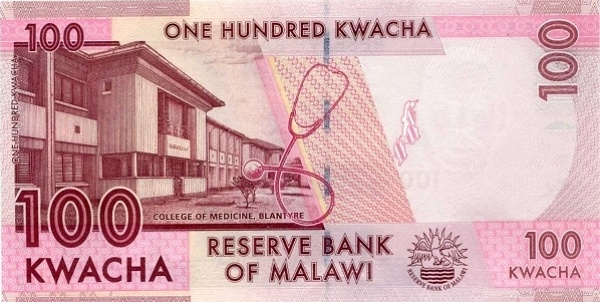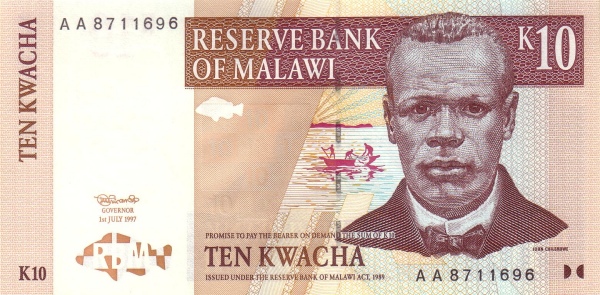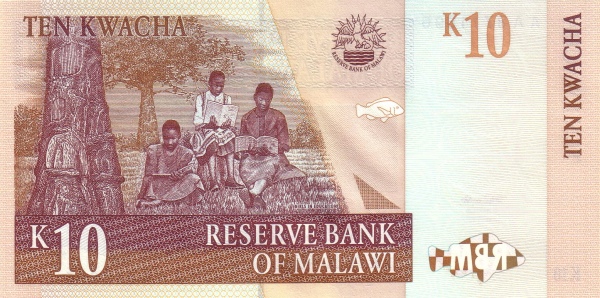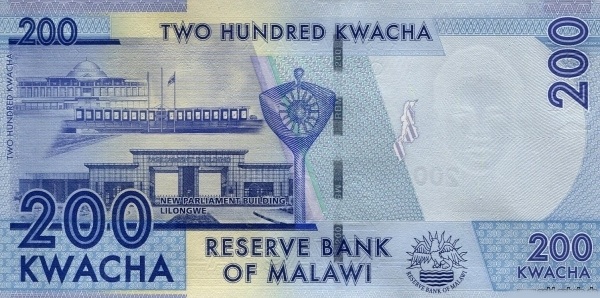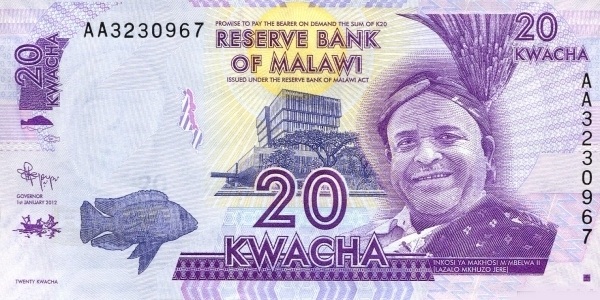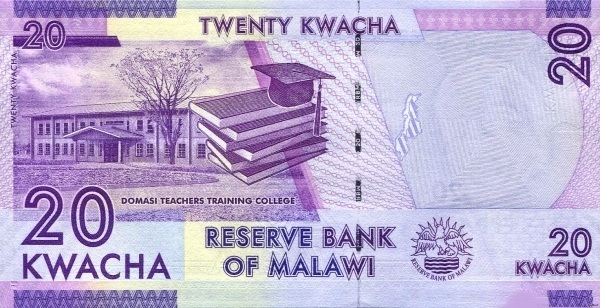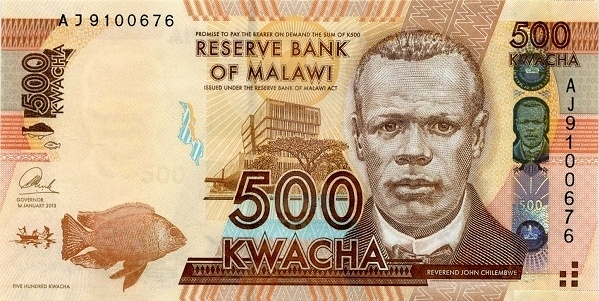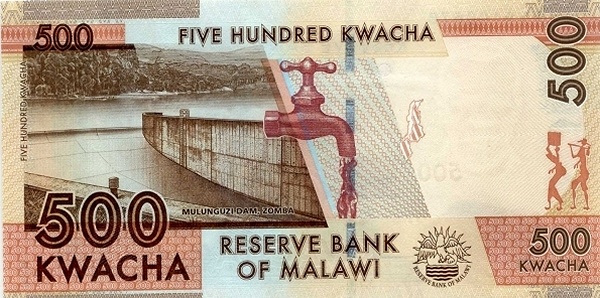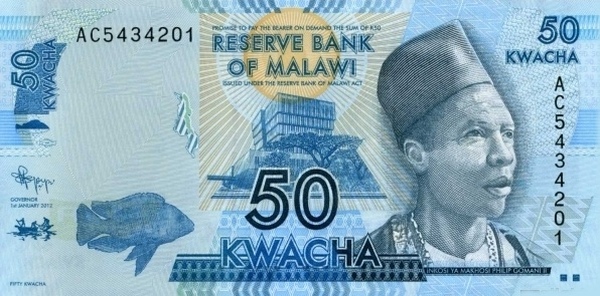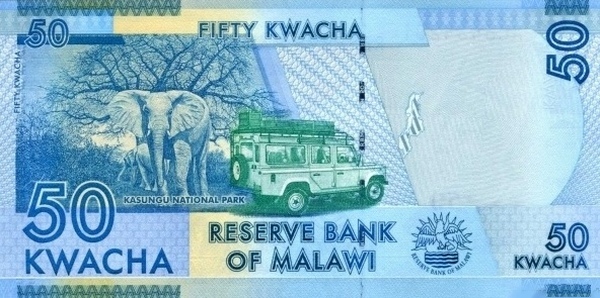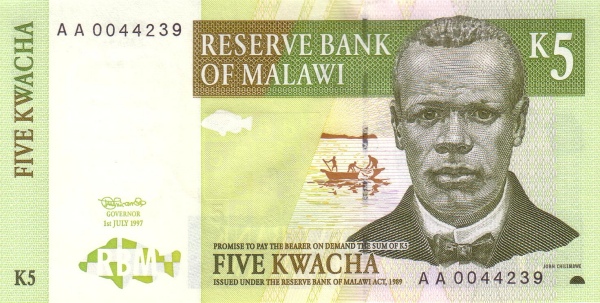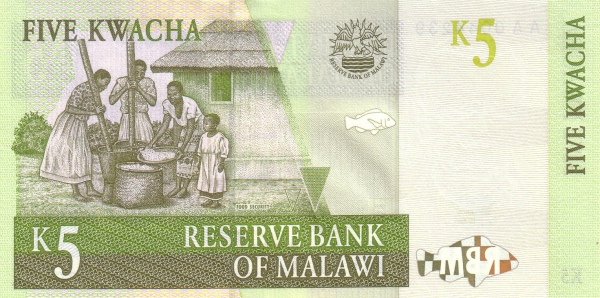Explore the Enigmatic Malawi
Malawi, a captivating landlocked country located in southeastern Africa, rests majestically within the Great Rift Valley along the western shore of Lake Nyasa, which is also known as Lake Malawi. As the southernmost lake in the Great African Rift Valley system, Lake Nyasa enhances Malawi's unique geographic identity. This remarkable nation shares its borders with Tanzania, Zambia, and Mozambique, presenting a diverse cultural and natural tapestry.
Geographical Overview
Covering an area of 118,484 square kilometers, Malawi slightly surpasses Bulgaria in size yet is marginally smaller than the state of Pennsylvania. The country's topography can be classified into three distinct regions: Northern, Central, and Southern Malawi. Each of these regions features unique geographical landscapes, including the Rift Valley, the Central African Plateau, and the Highlands.
Moreover, the Shire River, which serves as the only outlet of Lake Malawi, is the longest river in the country. The illustrious Mount Mulanje rises to an impressive height of 3,002 meters (9,849 feet) and is considered the highest mountain in Malawi. Thus, the diverse geographical features contribute to Malawi's rich natural beauty.
Population and Culture
As one of the world's most densely populated countries, Malawi boasted a population of approximately 15.8 million people in 2014. The capital city, Lilongwe, serves as the political and administrative center, while the nation is primarily rural in character. Languages spoken in Malawi include English and Nyanja, both of which hold official status.
The nation is home to an array of ethnic groups, including the Chewa, Nyanja, Tumbuka, Yao, Lomwe, Sena, Tonga, Ngoni, Ngonde, as well as Asian and European descents. This varied population enriches the cultural landscape with diverse traditions, languages, and customs.
Historical Background of Malawi
From Colonization to Independence
The Republic of Malawi has a rich history that stemmed from its time as a British protectorate known as Nyasaland. In 1964, Malawi emerged as an independent nation, gaining autonomy from colonial rule. The landscape of governance transformed significantly when, in 1994, the country conducted its first democratic multi-party elections after enduring three decades of one-party rule.
Furthermore, the provisional constitution that took effect in 1995 laid the foundation for subsequent political developments. The political scene saw the United Democratic Front (UDF) party being elected again during the 2004 elections, marking a pivotal moment in Malawi's democratic journey.
Government Structure
Malawi operates under a multi-party democracy, having celebrated its independence on July 6, 1964. Its constitution, which was adopted on May 18, 1995, has since guided the governance and administration of the country. The political framework ensures representation and participation of the people in governance.
Climate and Natural Resources
Malawi's climate predominantly exhibits a sub-tropical profile, characterized by two major seasons: the cold-dry season and the hot-wet season, which extends from November to April. This climatic variation fosters a rich natural environment.
The country is endowed with a plethora of natural resources. Notably, Malawi possesses significant deposits of limestone, uranium, coal, bauxite, phosphates, and various gemstones, including rubies and sapphires. Thus, these resources play a vital role in sustaining the economy.
Economy of Malawi
Agricultural Backbone
Malawi's economy is predominantly agro-based, with agriculture serving as the mainstay of its economic activities. The nation cultivates a variety of agricultural products, including tobacco, sugarcane, cotton, tea, corn, potatoes, cassava (tapioca), and pulses. Groundnuts and Macadamia nuts are also significant products, alongside livestock farming involving cattle and goats.
Tobacco exports account for approximately 55% of total exports, reflecting the crop's paramount importance to Malawi's economy. Other notable commodities include dried legumes, sugar, tea, and cotton, which contribute to the nation’s trade balance.
Trade and Industry
The industrial sector in Malawi consists mainly of tobacco processing, tea production, sugar manufacturing, and sawmill operations. As the country seeks to diversify its economy, expanding the tourism sector is a priority for future growth. The development of this sector could provide significant opportunities for economic advancement.
International Trade Relations
Export partners for Malawi include Belgium, Zimbabwe, India, South Africa, and the USA, among others. The varied export landscape showcases Malawi's potential to engage with global markets. In contrast, essential imports—comprising food, petroleum products, semi-manufactures, and consumer goods—predominantly come from South Africa, China, India, Zambia, and Tanzania.
Conclusion: The Unique Spirit of Malawi
In summary, Malawi stands out as an extraordinary nation rich in natural beauty, cultural diversity, and historical significance. Whether you find yourself captivated by its breathtaking landscapes or intrigued by its vibrant social tapestry, Malawi offers a unique experience for every visitor. Its resilient spirit, driven by a predominantly agricultural economy, opens the door to numerous possibilities for growth and prosperity. As Malawi continues to evolve, it promises to be a captivating destination for adventurers and cultural enthusiasts alike.
Largest cities of: Malawi
| City Name | Population | Year of foundation | |
| Lilongwe | 1,034,000 | 1947 | |
| Blantyre | 800,000 | 1882 | |
| Mzuzu | 220,000 | 1940 | |
| Zomba | 100,000 | 1896 | |
| Salima | 56,000 | 1964 | |
| Kasungu | 56,000 | 1940 | |
| Mangochi | 41,000 | 2000 | |
| Ntcheu | 32,000 | circa 1900 |
Malawi: Money
